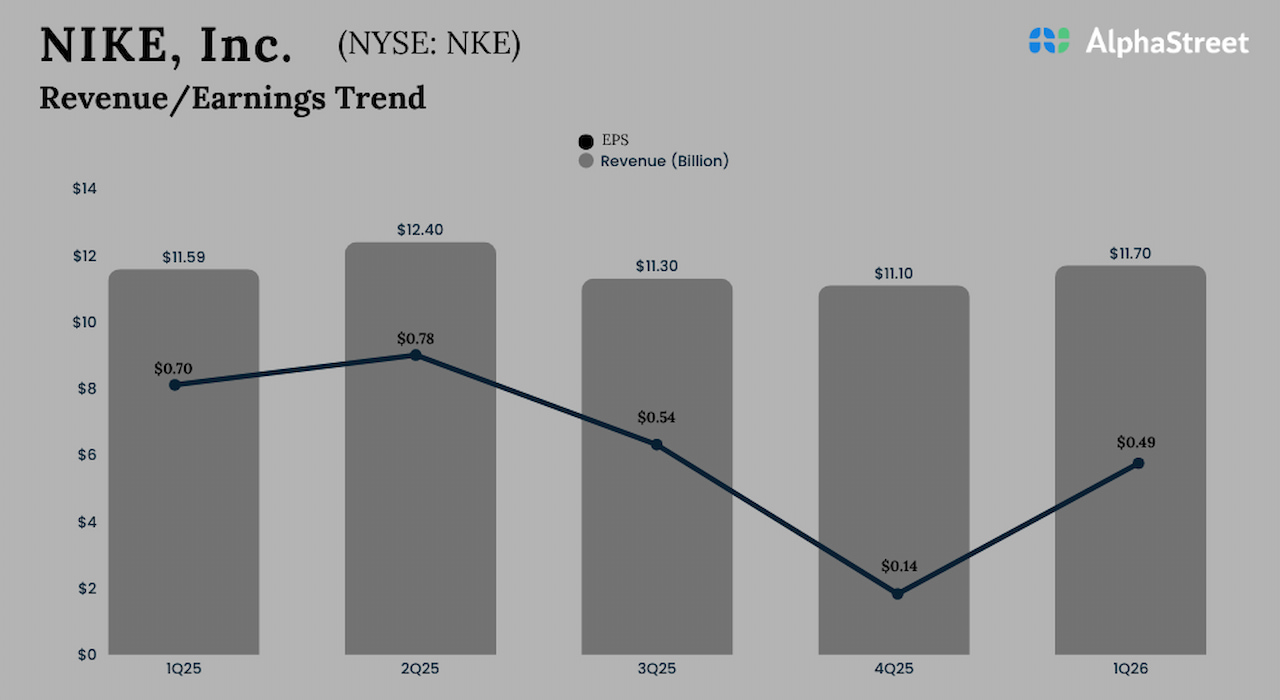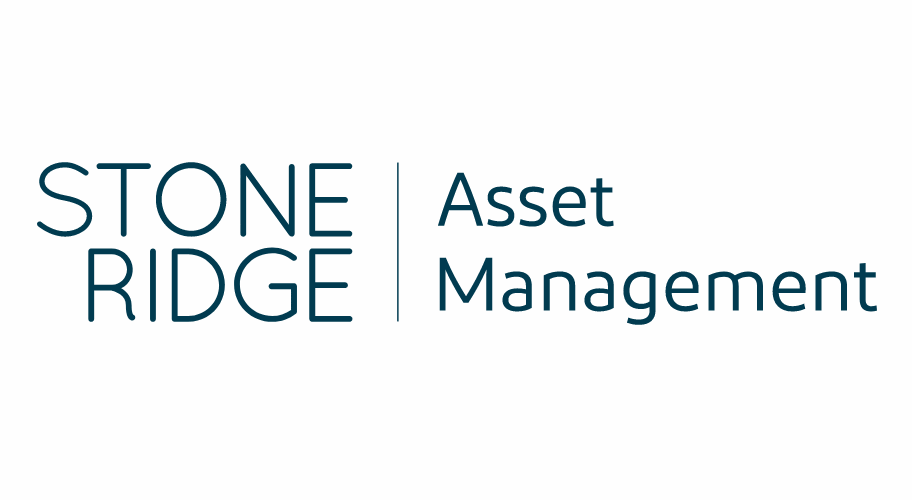There are a number of potential benefits associated with exchanging into a Delaware Statutory Trust (DST) 1031 property.
However, it is important to note that these potential benefits should also always be carefully weighed with the potential risks that are possible with DST investments, and as with all real estate investments, investors should consult their tax attorney and or Certified Public Account before investing in DSTs.
Still, DSTs continue to grow in popularity, especially among aging baby boomers who are tired of managing their own properties and are looking for a way to transition into a passive income stream. DST investments not only provide investors the potential for passive income but also the following six benefits as well.
1. Tax Deferral Using the 1031 Exchange
Many real estate investors have wanted to sell their rentals and commercial properties for years but haven’t been able to find a property to exchange into and just can’t stomach the tax bill after adding up federal capital gains tax, state capital gains tax, depreciation recapture tax, and the Medicare surtax. The DST 1031 property solution provides investors the ability to move from an active to a passive role of real estate ownership on a tax-deferred basis.
2. Eliminating the Headaches of Property Management
Because many DST investors are at or near retirement, they are simply tired of the hassles that real estate ownership and management often bring. They are tired of the tenants, toilets, and trash and want to move away from actively managing properties. The DST 1031 property provides a passive ownership structure, allowing them to enjoy retirement, grandkids, travel, and leisure, as well as to focus on other things that they are more passionate about instead of property management headaches.
3. Increased Cash Flow Potential
Many investors are receiving a lower amount of cash flow on their current properties than they could be due to their properties having under-market rents, vacancies, or vacant land sitting idle. DST 1031 exchange properties provide an opportunity for investors to potentially increase their cash flow via a tax-deferred 1031 exchange.
4. Portfolio Diversification
Often, 1031 investors are selling a property that comprises a substantial amount of their net worth. They want to reduce their potential risk, and instead of buying one property (such as another apartment building) or one NNN building (such as a Walgreens pharmacy or Taco Bell restaurant), they decided that investing in a diversified portfolio of DST 1031 properties with multiple locations, asset classes (property types), and tenants is a better fit for their goals and objectives.
This is similar to how investors tend to invest retirement funds in mutual funds and Exchange Traded Funds (ETFs), as opposed to placing their entire retirement savings into the stock of one particular company. However, it is important to note that there are no assurances that diversification will produce profits or guarantees against loss.
5. Locked-In Non-Recourse Financing
One of the requirements for a 1031 exchange is to take on “equal or greater debt” in the replacement property to what you had in the relinquished property (the property you are selling). In today’s lending environment, it is often hard for investors to obtain non-recourse financing at an acceptable interest rate and terms. Due to the DST 1031 properties’ sponsors typically having strong lending relationships, they are able to secure non-recourse financing at some of the best terms available in the marketplace. The DST 1031 investors are the direct recipient of these financing terms that they would otherwise often not be able to obtain on their own.
6. Access to Institutional-Grade Real Estate
DST 1031 properties provide access to large, institutional-grade real estate that is often otherwise outside of an individual investor’s price point. With the typical minimum investment of $100,000, investors are still able to purchase an ownership interest in large $20 million-plus apartment communities, $5 million-plus pharmacies, or $15 million grocery stores, for example. This allows investors access to a level of real estate that they just would not have been able to exchange into before.
That being said, we also have had many clients with very large 1031 exchanges opt to invest in DST 1031 properties because they did not want to place “all their eggs into one basket” by purchasing one single, large investment property.
For more information about Kay Properties or to review a current list of 1031 Exchange-eligible properties, please visit kpi1031.com to receive your FREE 1031 Exchange toolkit.
This article is presented by Kay Properties & Investments
Kay Properties & Investments is a national Delaware Statutory Trust (DST) investment firm. The www.kpi1031.com platform provides access to the marketplace of DSTs from over 25 different sponsor companies, custom DSTs only available to Kay clients, independent advice on DST sponsor companies, full due diligence and vetting on each DST (typically 20-40 DSTs) and a DST secondary market. Kay Properties team members collectively have nearly 400 years of real estate experience, licensed in all 50 states, and have participated in more than $30 Billion of DST 1031 investments.
There are material risks associated with investing in real estate, Delaware Statutory Trust (DST) properties and real estate securities including illiquidity, tenant vacancies, general market conditions and competition, lack of operating history, interest rate risks, the risk of new supply coming to market and softening rental rates, general risks of owning/operating commercial and multifamily properties, short term leases associated with multifamily properties, financing risks, potential adverse tax consequences, general economic risks, development risks and long hold periods. All offerings discussed are Regulation D, Rule 506c offerings. There is a risk of loss of the entire investment principal. Past performance is not a guarantee of future results. Potential distributions, potential returns and potential appreciation are not guaranteed. For an investor to qualify for any type of investment, there are both financial requirements and suitability requirements that must match specific objectives, goals, and risk tolerances. Securities offered through FNEX Capital, member FINRA, SIPC.
Learn More About Kay Properties & Investments
Note By BiggerPockets: These are opinions written by the author and do not necessarily represent the opinions of BiggerPockets.







































